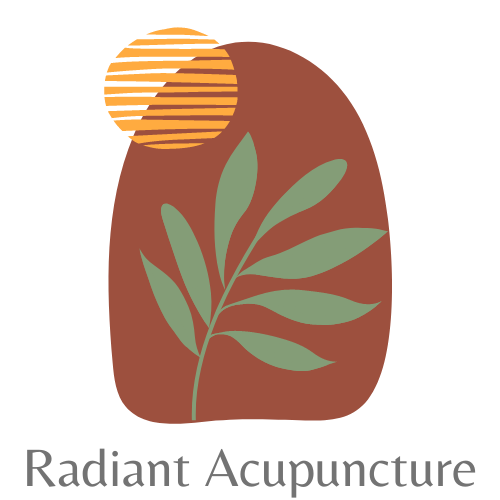Endometriosis
Endometriosis is a leading cause of pelvic pain, affecting fertility and causing heavy, irregular, or painful periods. It occurs when tissue similar to the uterine lining grows outside the uterus, often attaching to the ovaries, bowel, or bladder. This tissue responds to hormonal changes but has no way to exit the body, leading to inflammation, scarring, and sometimes cysts known as "chocolate cysts."
Common symptoms include pelvic pain (especially during menstruation), painful intercourse, digestive issues, heavy bleeding, and fatigue. The cause is still unknown, but factors like genetics, immune dysfunction, and retrograde menstruation (backward menstrual flow) may play a role.
A pelvic exam and ultrasound may suggest endometriosis, but laparoscopy is the gold standard for diagnosis. Treatments range from pain management and hormone therapy to surgery in severe cases.
How Acupuncture & Chinese Medicine Can Help
In Traditional Chinese Medicine (TCM), endometriosis is seen as blood stagnation, often linked to Qi stagnation, Yang deficiency, or Qi sinking. Acupuncture and herbs can help:
✔ Reduce pain & inflammation
✔ Improve blood flow to break up stagnation
✔ Regulate hormones & cycles
✔ Support digestion & immune function
Clinical Evidence
A study in The Journal of Traditional Chinese Medicine found 81% of women with endometriosis-related pain experienced relief with acupuncture. Herbal formulas have also shown promising results in reducing symptoms and improving quality of life.
Herbs & Self-Care for Endometriosis
Common Herbs in TCM Treatment:
🌿 For pain relief: Yan hu suo, Tao ren
🌿 For circulation: Chuan xiong, Dang gui
🌿 For inflammation: Mu dan pi, Zhi zi
🌿 For reducing masses: E zhu, Mu li
🌿 For excessive bleeding: Pu huang, San qi
Self-Care Strategies:
✨ Acupuncture & Herbs: Improve circulation, reduce inflammation, and balance hormones.
✨ Castor Oil Packs: Helps reduce pain and support detoxification.
✨ Stress & Sleep Management: Keep cortisol levels balanced with mindfulness & rest.
✨ Liver Support: Reduce alcohol, caffeine, and processed foods while incorporating liver-supporting herbs like milk thistle & dandelion.
✨ Gut Health: Support digestion with probiotics & fiber to aid estrogen detoxification. Get tested for gut imbalances like SIBO.
✨ Pelvic Floor Therapy: Addresses pain and muscle tension (one study showed 63% improvement after six sessions).
✨ Anti-Inflammatory Diet: Consider reducing common triggers like gluten, dairy, sugar, and caffeine.
✨ Key Supplements: NAC, Vitamin D, Zinc, Curcumin, and Omega-3s have been shown to reduce pain and inflammation.
Endometriosis is complex, but a holistic approach combining acupuncture, herbal medicine, and lifestyle support can make a huge difference. If you're looking for a natural way to manage symptoms and improve your well-being, let's talk about a plan tailored to you.
